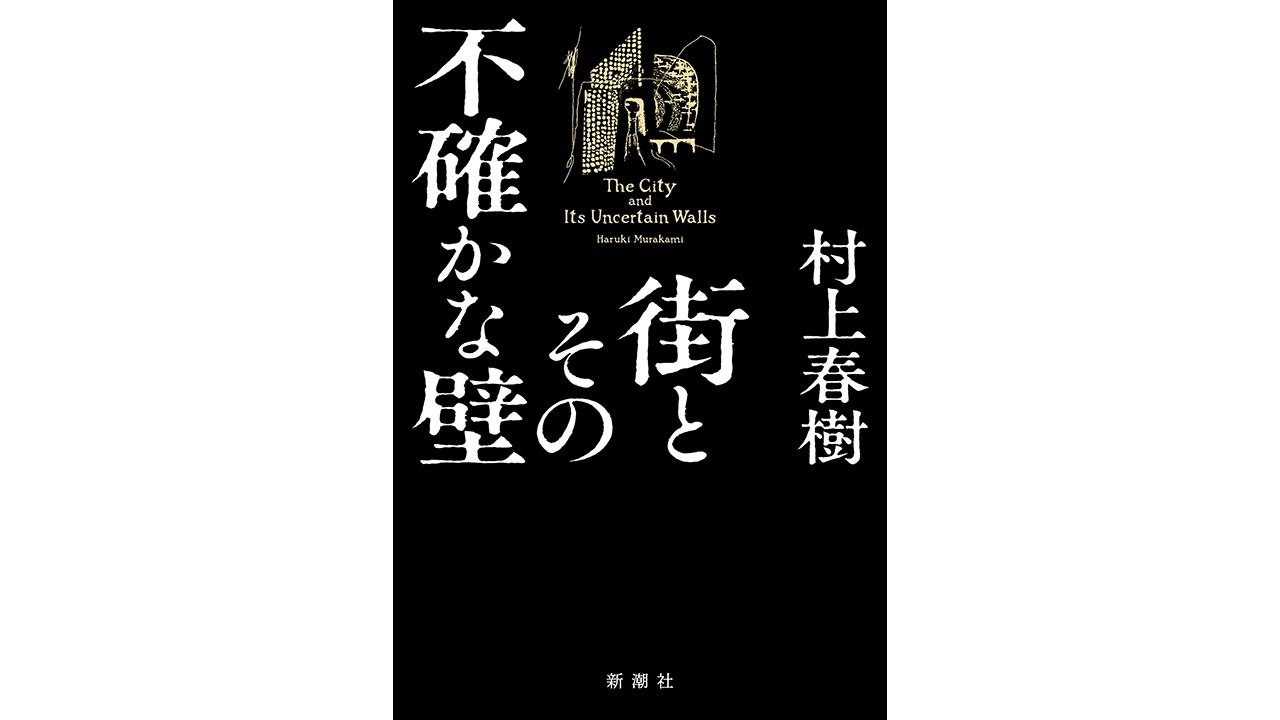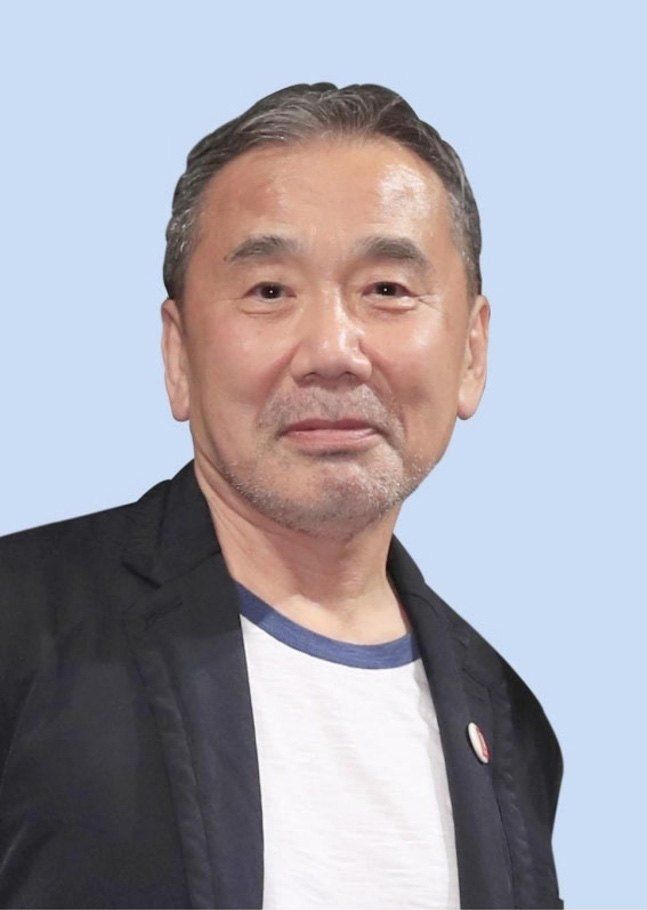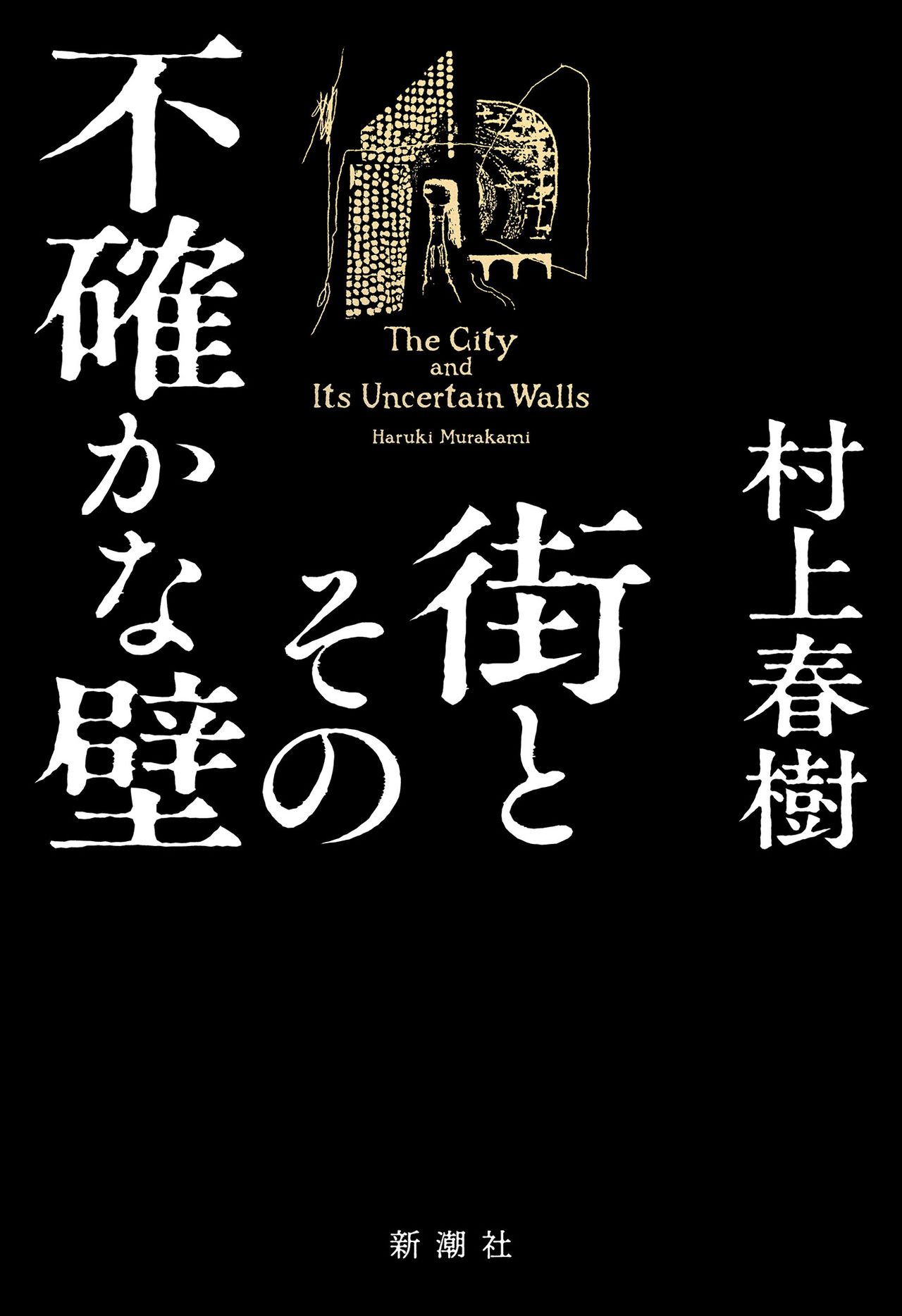
“The City and Its Uncertain Walls”: Murakami Haruki’s Latest Novel Returns to Setting of Early Story
Books Society Family- English
- 日本語
- 简体字
- 繁體字
- Français
- Español
- العربية
- Русский
The Walled City
Murakami Haruki contacts his editor, inviting him to tea. After a little light chat, he says “Here, take this,” handing over his latest manuscript. Rather than pressing the author to produce new writing, Murakami’s editor simply waits for such moments. Apparently, it is rare to even know what kind of work is coming. Handwritten manuscripts gave way to floppy disks years ago, and now the document is passed over on a USB memory stick.

Murakami Haruki’s new novel has been welcomed by fans. (© Kyōdō)
Murakami’s first novel for six years is Machi to sono futashika na kabe, which has the English title The City and Its Uncertain Walls. It is not entirely new, as it is based on a short story with the same name, published in the Bungakukai literary magazine in 1980. In the afterword to his 2023 novel (it is unusual in itself for this author to write an afterword), Murakami says that “I wasn’t satisfied with the story, so I didn’t collect it into book form,” which means that most fans have not read it.
The protagonists are the nameless 17-year-old male narrator (boku) and a 16-year-old girl addressed as “you” (kimi). They attend different high schools, but fate brought them together a year earlier at the prize-giving ceremony for a high school essay contest.
Neither of us had ever encountered someone with whom we could so freely and naturally express our real thoughts and feelings. Our meeting seemed almost like a miracle.
“I want to become yours with all my being,” she says, but tells him, “The ‘me’ here isn’t my true self. It’s just like a fading shadow.” She explains that her true self lives in a city enclosed by high walls. Beyond the walls, there is a vast forest of apple trees, but the sole gate to the outside world is guarded by a giant, and the residents cannot pass through it. Only the herds of single-horned beasts covered in golden hair can travel to and fro between the city and outside.
The people in the city have no shadows. Kimi works in the library collecting old dreams, and the only way for the narrator to find her true self is to enter the city and become a dream reader. But where is that enigmatic city, and how can he get into it? To become a resident, he must have his shadow removed, which holds a great significance in the story.
One day, the girl suddenly vanishes from the real world, in front of the narrator. Will the narrator be able to find her true self? For long-standing fans, the book is familiar territory from the beginning, and very enjoyable. However, I was left frustrated, or I might say uncertain, by being unable to fully solve the mystery. This lingering sensation led me to read the original work from 40 years ago.
Self-Questioning
In the original, the theme is straightforwardly asking about where we belong. There are only the two major characters, and the story of the city within the walls is carried over to the first part of the new novel. However, the 2023 release has greater complexity, with new episodes in two more parts, and the extra characters who interact with the protagonists add layers to the story that make it deeper and richer. The multiple possible interpretations give it interest, so that it lingers in the memory.
The narrator becomes a 45-year-old man (now watashi rather than boku). An array of fascinating characters surrounds him, including a mysterious wealthy senior who manages a local library, a “yellow submarine boy” with special powers, and an attractive divorcee who runs a coffee shop.
I am drawn to Murakami’s works by the way the protagonists always question themselves and sincerely seek out answers. In his latest work, the narrator worries over which world he belongs in, unable to decide, while even in middle age, he asks, “Do I have any firm attachments to earth? Have I set down roots?” Even at this time, he cannot loose himself from thoughts of the girl. However, he believes that “the comprehensive urge to give myself entirely to another person has burned itself out long ago.”
The wealthy senior reasons with him: “In the earliest stage of life, you met your perfect partner. Or, perhaps I should say, you were unfortunate enough to meet her.” The narrator wonders:
Is there even anything like a wall separating reality from unreality in this world?
In the afterword, Murakami writes that the novel “contains some elements of personal significance.” Readers are likely to react to these elements in different ways. Avid fans will already have noticed the similarities in setting with Sekai no owari to hādoboirudo wandārando (trans. by Alfred Birnbaum as Hard-Boiled Wonderland and the End of the World), published in 1985, five years after the original story. This novel won the Tanizaki Jun’ichirō Prize and is internationally acclaimed. Even so, at over 70, Murakami continued to be obsessed by those “significant elements,” feeling compelled to rework the story. I am impressed by his passion.
(Originally published in Japanese. Banner photo: The cover of Machi to sono futashika na kabe. Courtesy Shinchōsha.)
Machi to sono futashika na kabe (The City and Its Uncertain Walls)
By Murakami Haruki
Published by Shinchōsha in April 2023
ISBN: 978-4-10-353437-2
